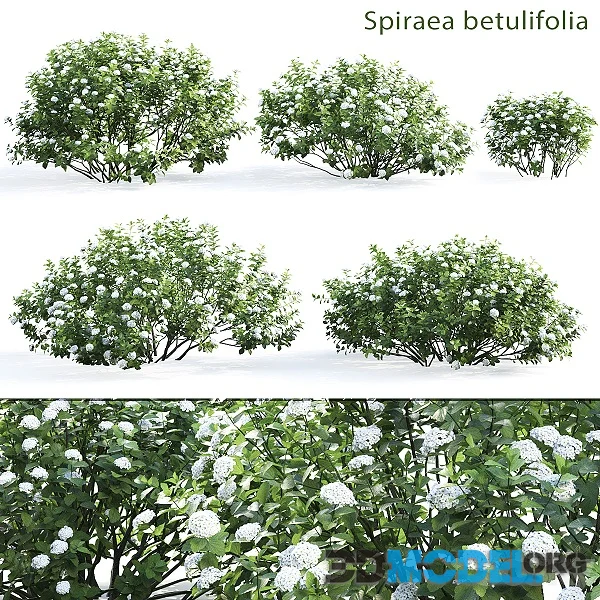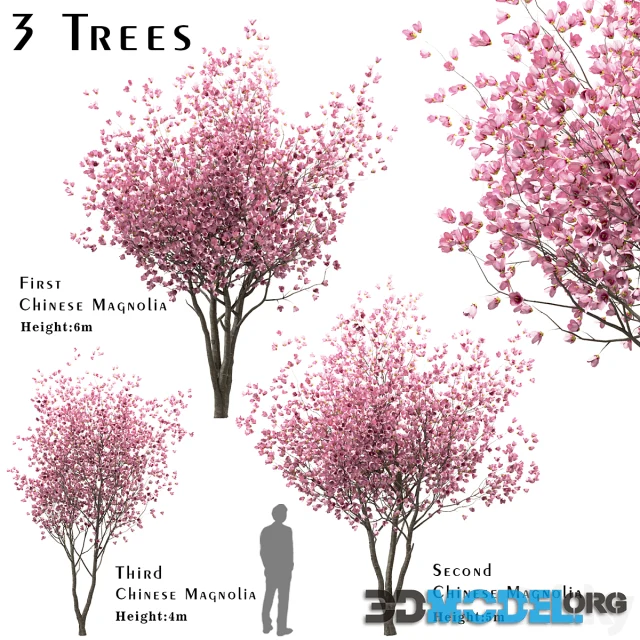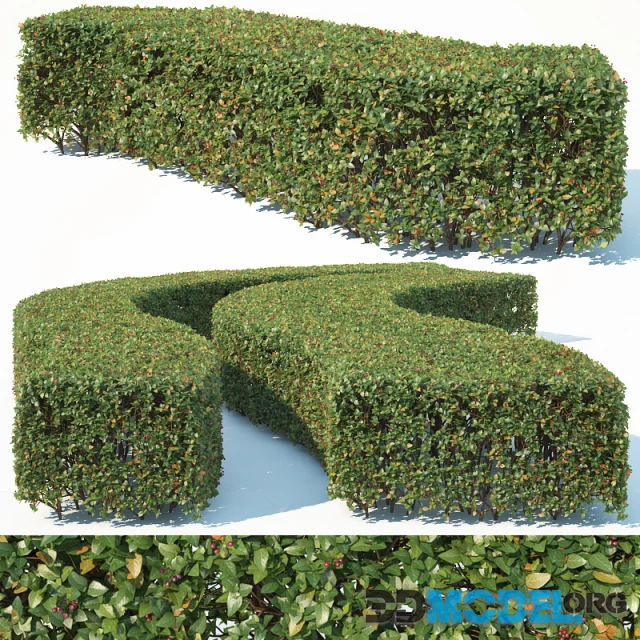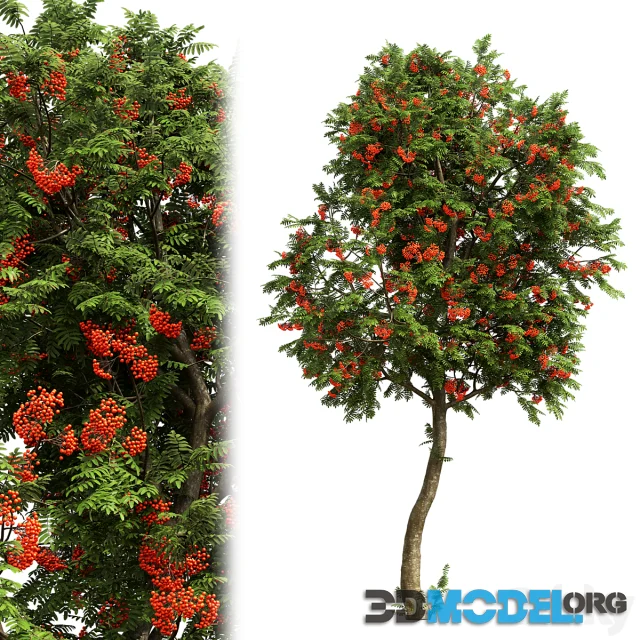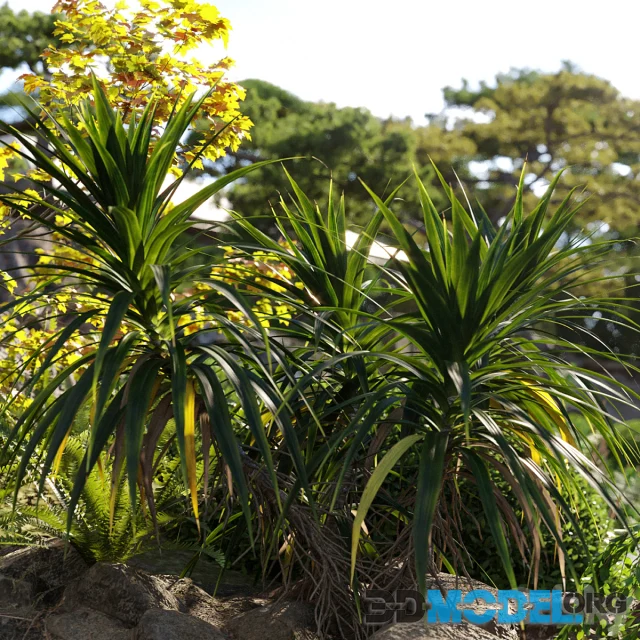Ulmus Elm-tree 02(16m)
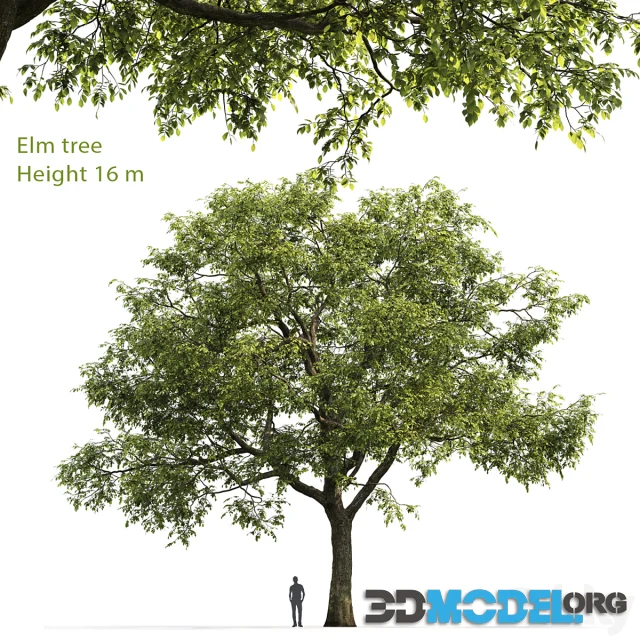
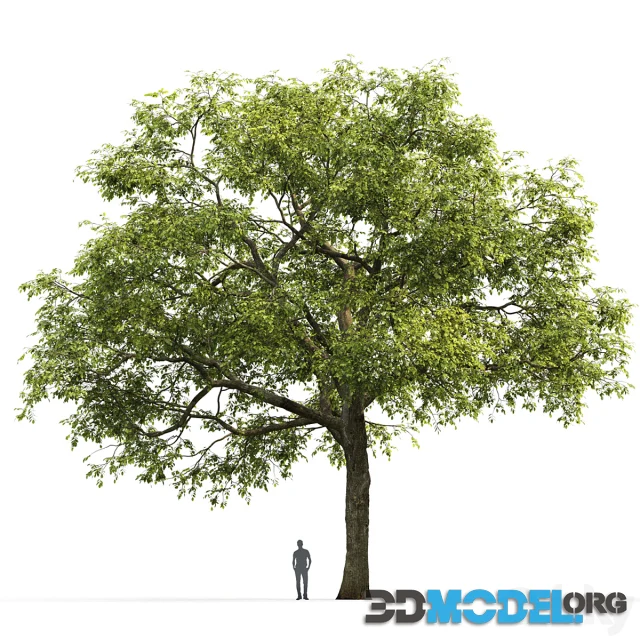
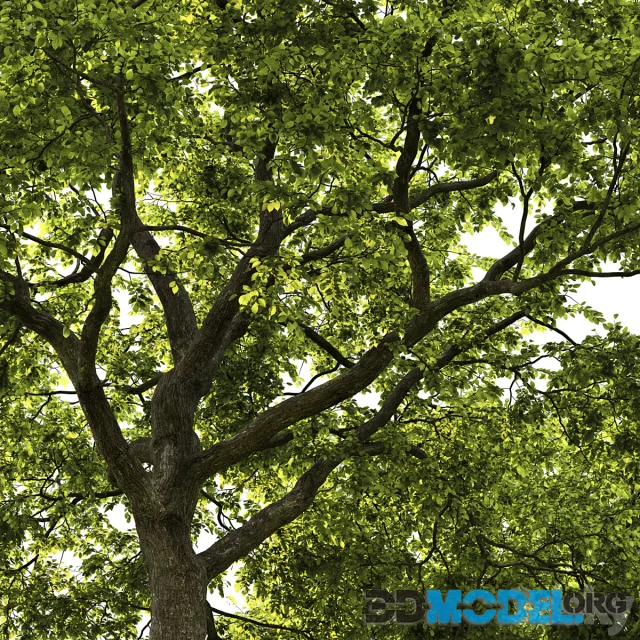
Landscapes are truly transformed by the majestic elm tree's shade. These majestic trees come in many varieties, from classic American elms to disease-resistant Chinese elms.
For optimal results, situate your elm in an area with consistent soil moisture and good air circulation - preferably full sun. Avoid planting near fruit trees or other specimens that require full sunlight for growth as elms can shade those plants and have detrimental effects on their health and appearance.
Bare root, balled or burlapped elms should be planted in spring or late fall. Dig a hole slightly smaller than the root ball and make sure to remove any rocks you come across during planting. Fill in with loose dirt and water thoroughly afterwards.
Apply a 2-inch layer of mulch immediately after planting to conserve moisture and reduce competition from weeds. The mulch should contain organic matter like compost, wood chips or bark for increased sustainability.
To add color and dimension to your elm's foliage, consider adding low-growing perennials such as lily turf (Liriope muscari), which grows in USDA zones 5-9; or traditional hostas or August lily (Hosta plantaginea), which thrives in USDA zones 3-9. Lily turf features spikes of purple flowers from late
When selecting companion plants for allelopathic elms, look for small daffodils such as "Tete a Tete" (Narcissus "Tete a Tete") that grow in USDA zones 3-9 and can flower before the tree leaves out, helping protect against toxic compounds secreted by some elms.
Hi-Poly 3d-model with customized materials and textures in the archive.
File type: MAX, FBX, OBJ
Ctrl
Enter
Noticed a misTake
Highlight text and press Ctrl+EnterRelated news:
Comments (0)

